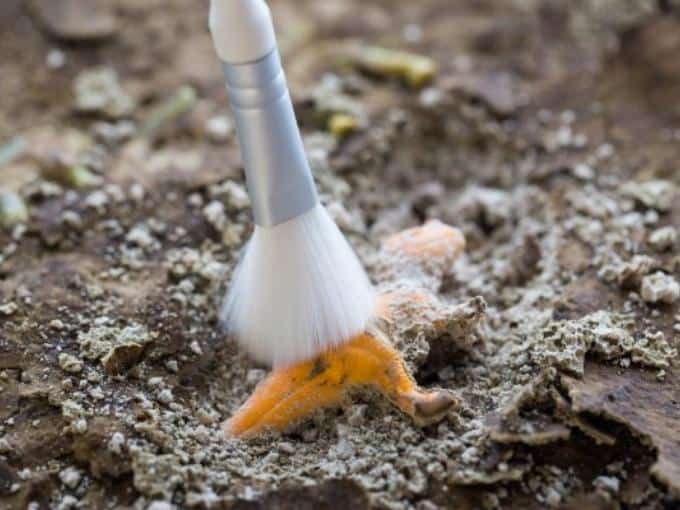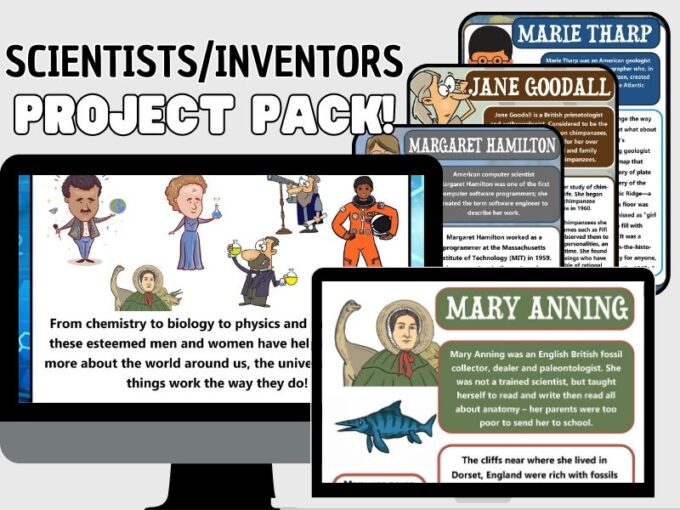Did you know that the Earth holds secrets from a distant past? Fossils, like hidden treasures, provide us with clues about life long ago. Let’s embark on an exciting journey through the world of fossils. We’ll explore different types of fossils, how they are formed, where they can be found, and why they are vital in understanding the history of life on Earth.

What is a Fossil?
A fossil is something extraordinary that tells us about animals and plants that lived a very long time ago. Fossils can be the remains of living things, like bones or shells. They can even preserve soft tissues, giving us a glimpse into the cellular level of ancient organisms.
Fossils can also be traces left behind, like footprints or burrows. They are like windows into the distant past, offering us a historical perspective on the wonders of ancient life.
Imagine you’re going on a treasure hunt, but instead of shiny jewels, you’re searching for clues from the past! That’s precisely what fossils are – like nature’s ancient treasures.
Fossils are the remains of plants and animals that lived long ago. When these living things died, their bodies got buried under mud, sand, or even at the bottom of lakes or seas. Over time, these layers of sediment turned into rock, and the remains of the plants and animals became trapped inside.
As years and years passed, the organic material in the buried remains slowly turned into minerals, preserving the shape and structure of the once-living creatures. It’s like making a rock statue of plants and animals!
When scientists find these fossils, they carefully dig them up and study them. Fossils are like windows into the past, giving us clues about what Earth was like millions of years ago. We can learn about dinosaurs, ancient plants, and even tiny sea creatures from long ago.
Isn’t that amazing? Fossils help scientists assemble the puzzle of Earth’s history, allowing us to learn about the incredible creatures that lived on our planet before us. So, next time you’re outside exploring, watch for any exciting fossils – you never know what secrets from the past you might discover!
Types of Fossils:
The fossil record is a treasure trove of ancient life forms, providing us with a fascinating array of examples.
Body fossils:
Examples include dinosaur bones or fossilized teeth of woolly mammoths, and are the preserved remains of the actual organisms.
Trace fossils:
Like dinosaur footprints or worm burrows, these are the traces of past organisms.
Index fossils:
These are specific species that lived for a relatively short time but were widespread, and serve as excellent guide fossils for dating rock layers and understanding different time periods.
How Are Fossils Formed?
Fossilization is a process that occurs over millions of years, involving natural processes and specific conditions. It begins when an organism dies and is rapidly buried in sediment, like sand or mud.
Over time, layers of sediment accumulate, putting pressure on the remains. In some cases, minerals like calcium carbonate seep into the organic material, slowly replacing it with hardened rock-like structures. This embedding of minerals preserves the fine details of the organism and allows us to study them today.
Learn How To Make Salt Dough Fossils
Be a paleontologist like Mary Anning. Read more about her below! Our salt dough recipe can be used for various activities, including making your own fossils. You can also make these fun starfish or an erupting volcano!
Fun Fossil Dig Activity
Kids will love this easy-to-set-up fossil activity including a dino dig you can do inside! Grab some inexpensive makeup brushes, plastic dinosaurs and get started!

Where Can Fossils Be Found?
Fossils can be discovered in various locations around the world. Sedimentary rock formations, such as cliffs or riverbanks, are excellent places to find fossils. These rocks are formed from layers of sediment that preserve the remains of organisms over time.
Fossils can also be found in places where there used to be water, like the bottom of the ocean. Excavations in peat bogs, archaeological digs, or even fossil hunting expeditions can unearth these remnants of ancient life.
Why Are Fossils Important?
Fossils are the key to unlocking the mysteries of our planet’s history and the evolution of life forms. They provide tangible evidence of the incredible diversity of ancient organisms and help scientists understand the changes that have occurred over time.
Fossils also serve as a primary source of information, allowing us to study the past and trace the traces of organisms that lived millions of years ago.
On top of all that, they also provide insights into Earth’s geological changes, ancient climates, and the rise and fall of different life forms throughout history.
Fun Fact: Did you know that volcanic eruptions can sometimes preserve fossils? When volcanic ash settles, it can cover and protect the remains of once-living organisms, creating a unique opportunity for preservation.
Fossils are remarkable time capsules that reveal the secrets of ancient life. They come in various forms and can be found all around the world. Fossils provide us with valuable insights into the past and help scientists piece together the story of our planet’s history.
So, the next time you encounter a fossil, remember that it’s a tiny window into a world that existed long before our time!
PRESCHOOL DINOSAUR ACTIVITY GUIDE
Use this Dinosaur Activity Planning Guide for your next dinosaur theme unit!
Mary Anning Facts for Kids
Mary Anning was an incredible scientist known for her remarkable discoveries in paleontology, which is the study of fossils. Born in 1799 in Lyme Regis, England, she spent much of her childhood exploring the coastal cliffs and beaches, where she would unearth ancient remains from the Jurassic era. In fact, she and her brother would collect and sell fossils to earn money for their family.
One of Mary Anning’s most famous discoveries was the first complete Ichthyosaurus skeleton, which she found when she was just 12 years old. This remarkable find attracted the attention of geologists and fossil enthusiasts, establishing her reputation as a skilled and knowledgeable fossil collector. Later, she discovered the first complete Plesiosaurus skeleton and several other crucial prehistoric reptile fossils.
Mary’s work provided valuable insights into the ancient history of life on Earth and contributed significantly to the understanding of extinction and the development of the theory of evolution. Despite facing gender and class barriers, Mary Anning’s determination, dedication, and contributions have left an enduring legacy, inspiring future scientists and paleontologists to pursue their curiosity and passion for understanding the natural world.
Learn More About Mary Anning in our Famous Scientists for Kids Pack
Printable Famous Scientists Pack
Inside The SCIENCE Pack: Find 22+ famous scientists/inventors to explore, including women, people of color, and indigenous peoples. Note: This is a growing resource.
Each scientist includes:
- Project Sheet with instructions and step-by-step photos (additional printable included if applicable).
- Biography Sheet that is kid-friendly. Get to know each scientist!
- Animated Videos that cover a simple project idea to try for each scientist!
- My Favorite Scientist Mini Pack to explore a favorite scientist further if desired.
- Games! Secret Codes and Word Search Games
- Supply List to help you fill your science kit for anytime projects!
- Helpful Tips to make each project successful for everyone!
- Bonus Women In STEM pullout pack (note there are a few different activities, but some are the same, simply a convenient smaller pack to use when prepping)









